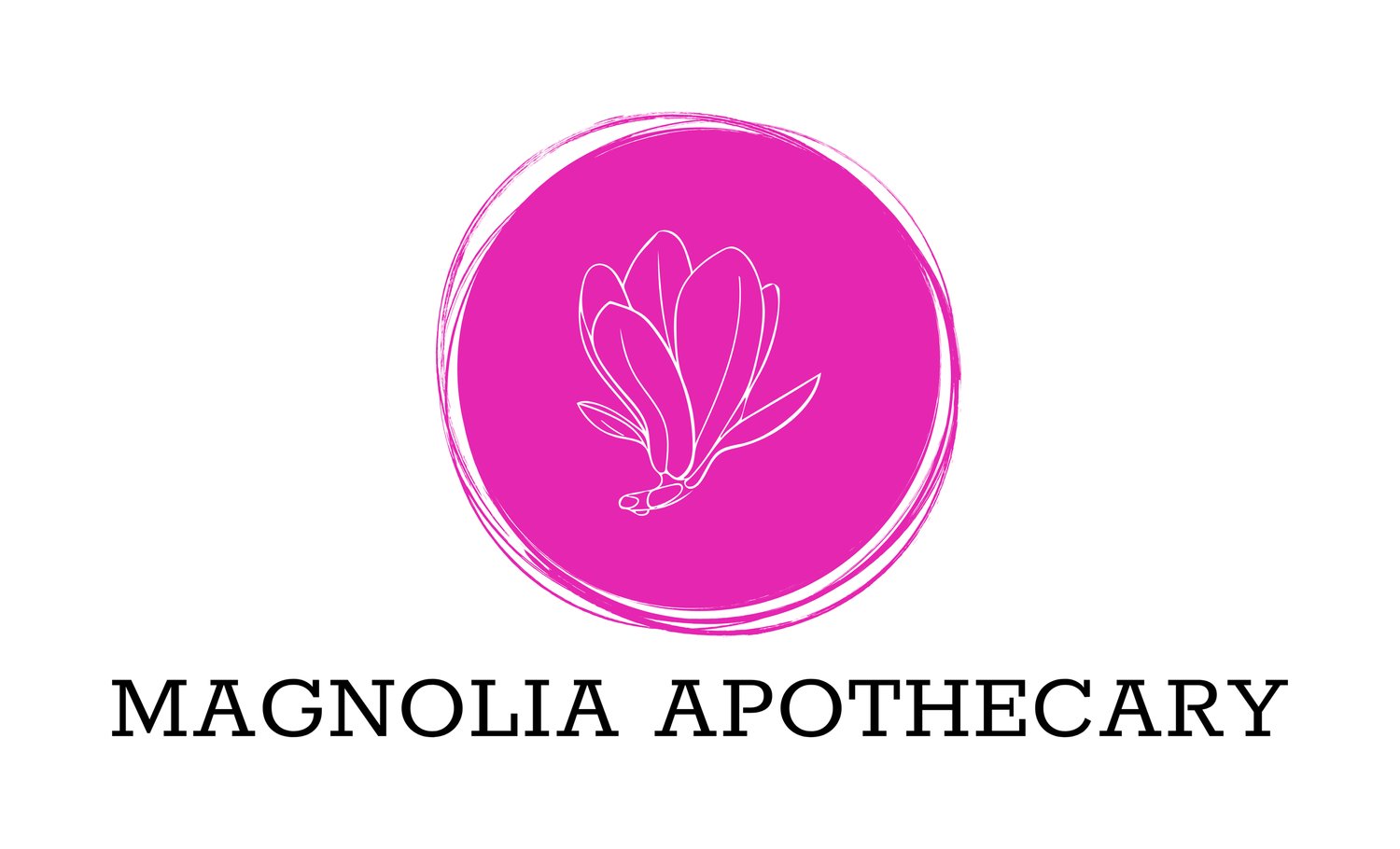DIY Ginger Bug
I often have things growing or fermenting in my kitchen, and my kids are used to seeing all sorts of "weird stuff." Recently, I tried making my own ginger bug, which takes some effort and a fair amount of ginger. This reminded me to plant my winter ginger crop, best done in early spring to keep the cost down.
A ginger bug is a natural ferment made from fresh ginger, sugar, and water. It acts as a starter culture for homemade probiotic sodas and fermented drinks, providing a natural source of beneficial bacteria and wild yeasts. These good microbes can support digestion, improve gut health, and even enhance the immune system. Plus, making a ginger bug at home allows you to control the ingredients and avoid artificial additives found in store-bought soft drinks.
Fermenting foods and drinks is a great way to introduce beneficial bacteria into the gut. Fermented drinks contain both probiotics and prebiotics—probiotics are the good bacteria, while prebiotics feed them, helping them thrive and support gut health. Regularly consuming fermented drinks can aid digestion, boost the immune system, and even improve nutrient absorption. Plus, they’re a natural way to add variety and flavour to your diet!
How to Make a Ginger Bug
Ingredients:
2 tbsp fresh ginger (grated or finely chopped, unpeeled)
2 tbsp sugar (organic cane sugar or another unrefined sugar)
1 cup filtered or dechlorinated water
A clean glass jar (1 litre)
A breathable cover (cheesecloth, coffee filter, or a clean kitchen towel)
A rubber band or string to secure the cover
Or a lid for your jar can work as well.
Instructions:
Day 1:
Add 2 tbsp grated or chopped ginger to the jar.
Add 2 tbsp sugar.
Pour in 1 cup of filtered water.
Stir well until the sugar dissolves.
Cover the jar with a breathable cloth and secure it with a rubber band.
Place the jar in a warm, dark spot.
Days 2–7:
Every day, add 1 tbsp grated ginger and 1 tbsp sugar to the jar.
Stir the mixture well to aerate it.
After a few days, you should see bubbles forming, and it may start to smell slightly yeasty and tangy. This means fermentation is happening!
How to Know Your Ginger Bug is Ready
It should be bubbly and slightly fizzy when stirred.
It should have a pleasant, yeasty, slightly sweet, and gingery aroma.
This usually takes 4–7 days, depending on the temperature.
How to Use It
Once active, strain out the liquid and use a few tablespoons as a starter for homemade fermented sodas (like ginger beer, fruit sodas, or herbal tonics).
Store the remaining ginger bug in the fridge, feeding it once a week with 1 tbsp ginger and 1 tbsp sugar to keep it alive.
Tips for Success
Use organic ginger if possible—non-organic ginger may have preservatives that slow fermentation.
Avoid chlorinated water, as chlorine can kill the beneficial microbes.
